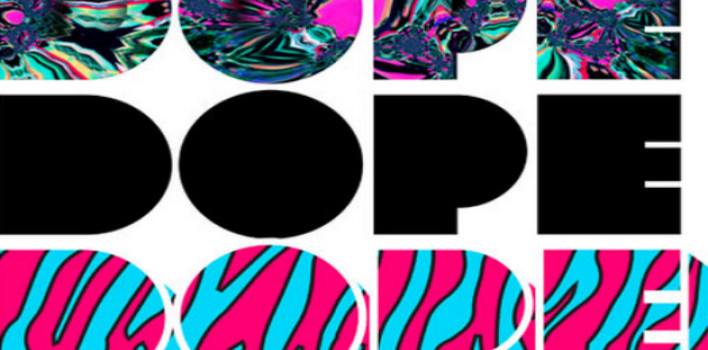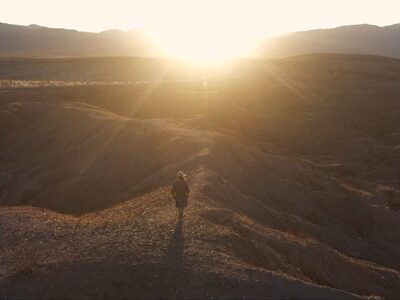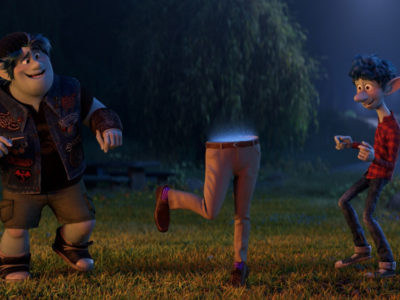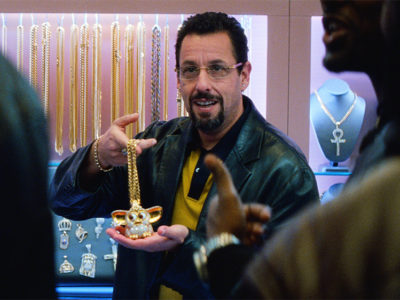Review| Dope
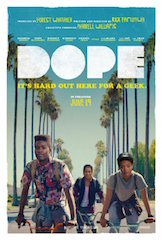 The coming-of-age story has a long history as cultural currency for middle school and high school kids. Every four years or so, a new movie comes along as the definitive guide for an age group’s struggle with adolescent awkwardness. Phrases like, “You’re killing me Smalls”, “all right, all right, all right”, and images of riding a bus with rock stars bring back fond cinematic memories. Even further back, stories from the pages of classic novels you probably read in High School Lit classes connected the path from childhood to adulthood. Books like A Separate Peace; Catcher in the Rye; Jane Eyre; Great Expectations; and Tom Sawyer. These aural and visual stories forged lasting connecting points and a common language on our collective journey towards responsibility, intellectual enlightenment, and real relationships with the opposite sex.
The coming-of-age story has a long history as cultural currency for middle school and high school kids. Every four years or so, a new movie comes along as the definitive guide for an age group’s struggle with adolescent awkwardness. Phrases like, “You’re killing me Smalls”, “all right, all right, all right”, and images of riding a bus with rock stars bring back fond cinematic memories. Even further back, stories from the pages of classic novels you probably read in High School Lit classes connected the path from childhood to adulthood. Books like A Separate Peace; Catcher in the Rye; Jane Eyre; Great Expectations; and Tom Sawyer. These aural and visual stories forged lasting connecting points and a common language on our collective journey towards responsibility, intellectual enlightenment, and real relationships with the opposite sex.
Rick Famuwiya’s latest output, the Sundance-acclaimed Dope, has the potential to be another story the current generation of younger kids can latch on to. It boasts a catchy soundtrack laden with 90’s hip-hop featuring Public Enemy; A Tribe Called Quest; Naughty by Nature; that is the obsession of our three young protagonists; Malcolm (Shameik Moore), Jib (The Grand Budapest Hotel’s Tony Revolori), and Diggy (Kiersey Clemons). They are the definition of every high school’s geek culture. Obsessed with comic books, Sci-Fi, and a distinct love of that lesser loved decade of popular culture, the 90’s, in their dress and the previously mentioned music they listen to. They even have their own hip-hop infused punk band Awreeoh (pronounced “Oreo”); owing it lyrics and catchy tunes to Pharrell Williams.The first third of the movie is an enthusiastic bear hug of their quirk and pop culture infatuation. Famuwiya utilizes long takes of the three main characters espousing their trivial knowledge interspersed with quick cuts and flashbacks. It recalls a Tarantino-esque editing style with a Boyz n The Hood aesthetic. Throw in the teenage geek trope of “getting the girl” and even a senior prom; it checks off every box for a High School coming-of-age story.
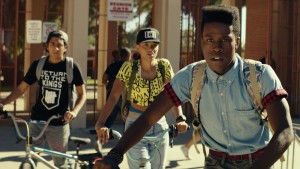 However, the movie doesn’t stand out for it’s fast-paced and engaging pop culture-cognition and understanding of the geek plight, but the potentially subversive milieu of Inglewood, California. Malcolm, Jib, and Diggy live in one of the most dangerous neighborhoods in the United States; “The Bottoms” neighborhood of Inglewood. The three friends would be outsiders in white, suburban areas, but even more so in their urban neighborhood; where their goal to attend Ivy League schools is seen as aspiring above their social station. While most coming-of-age stories we can recall are set in white, suburban areas and feature teenage, white protagonists (Rushmore, The Sandlot, Almost Famous, My Girl, Boyhood, etc.), Dope feature three African-American main characters with only one white supporting character played by Workaholic’s Blake Anderson.
However, the movie doesn’t stand out for it’s fast-paced and engaging pop culture-cognition and understanding of the geek plight, but the potentially subversive milieu of Inglewood, California. Malcolm, Jib, and Diggy live in one of the most dangerous neighborhoods in the United States; “The Bottoms” neighborhood of Inglewood. The three friends would be outsiders in white, suburban areas, but even more so in their urban neighborhood; where their goal to attend Ivy League schools is seen as aspiring above their social station. While most coming-of-age stories we can recall are set in white, suburban areas and feature teenage, white protagonists (Rushmore, The Sandlot, Almost Famous, My Girl, Boyhood, etc.), Dope feature three African-American main characters with only one white supporting character played by Workaholic’s Blake Anderson.
*I’m getting spolier-ish here so read on at your own risk*
Anderson’s Will Sherwood character and Moore’s Malcolm epitomize the not-often illuminated message of previous coming-of-age movies. Sherwood is a white guy who is fuzzed out on every drug imaginable. He is seen smoking, snorting, and ingesting multiple different illicit concoctions in 90% of the scenes he is in. And yet, he is a computer genius, wealthy, a hit with the ladies, and hopelessly privileged. He rigged his grades in his private high school and did likewise to keep a scholarship when he was at USC. One of the funniest realization moments is when USC is casually mentioned where he went to college, but it is bleeped out for laughs during the narration of his exploits when he is first introduced. Sherwood is the definition of someone who is not serving time because of where he was born and the color of his skin.
Contrasted with Sherwood is our hero and main character Malcolm. He is incredibly gifted, smart, funny, and nerdy in a charming way. He is responsible and avoids the normal trappings of gangs, drugs, and crime that has affected his peers. Yet, he is viewed with a skeptical recognition because of where he is from and the color of his skin and told Harvard is an unattainable objective. He’d be better off, as his classmates and teachers contend, to aim for a more grounded target fitting of his surroundings in”The Bottoms”.
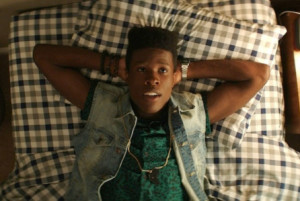 In the final ten minutes of the movie, this underlying narrative of prejudice and social injustice that pervades the supposed limits of Malcolm’s aspirations is explicitly said as he writes his application paper to Harvard. The tone shifts from the quirky and quick elements to a candid and serious tone, like a mix-CD that switches from Dr. Dre to Rage Against the Machine, or maybe Bob Dylan when he went electric. It is slightly off-putting and clunky as exposition, but it is a commendable effort to ensure the younger audience of the movie doesn’t miss what might be somewhat obvious to the savvier moviegoer.
In the final ten minutes of the movie, this underlying narrative of prejudice and social injustice that pervades the supposed limits of Malcolm’s aspirations is explicitly said as he writes his application paper to Harvard. The tone shifts from the quirky and quick elements to a candid and serious tone, like a mix-CD that switches from Dr. Dre to Rage Against the Machine, or maybe Bob Dylan when he went electric. It is slightly off-putting and clunky as exposition, but it is a commendable effort to ensure the younger audience of the movie doesn’t miss what might be somewhat obvious to the savvier moviegoer.
What Dope has going for it is a subversive undercurrent of reimagining who the coming-of-age movie is for and what exactly we expect from our teenage stories. The way the movie confounds its lighter and heavier moments blunts the sharper edges of the narrative’s message, but what it is trying to say is not totally lost on the audience. It’s sympathetic to the difficulty for people of color to live out the “American Dream” while also employing elements of pop culture (specifically geek and hipster culture) to create a common currency for understanding Malcolm’s story.
What makes Malcolm so different from any geek aspiring to a great college, a girlfriend (which I don’t even have space to address here), and success? Because he’s African-American? Because he’s poor? Those are the fundamental questions Dope addresses, and the movie is to be commended for even asking those questions.


